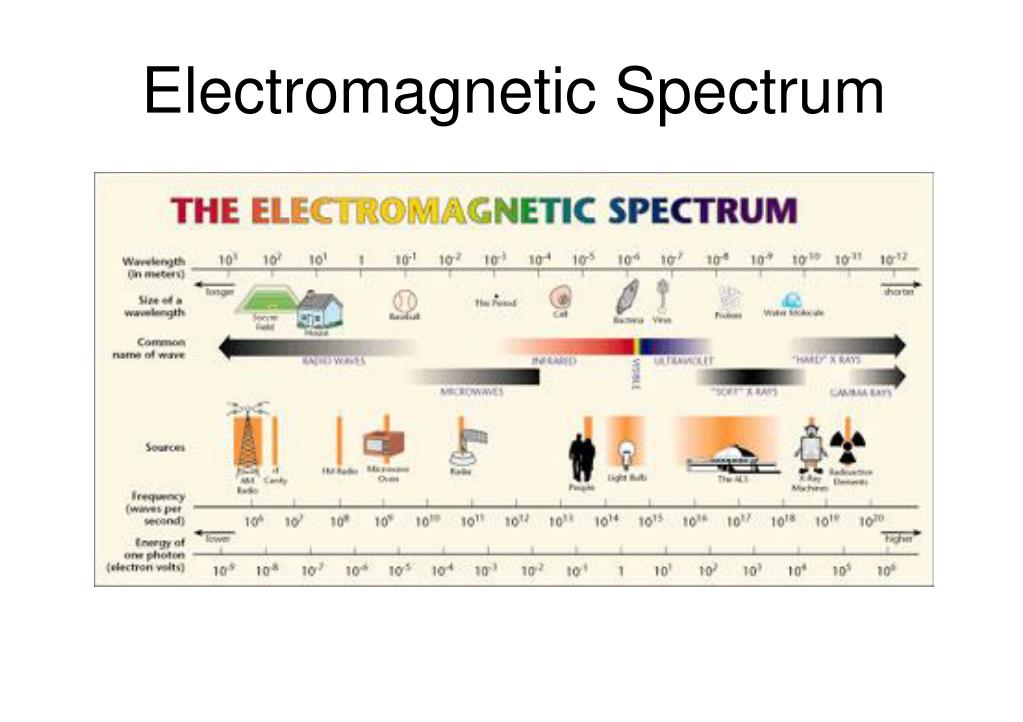


Therefore, the fusion rate in the core is in a self-correcting equilibrium: a slightly higher rate of fusion would cause the core to heat up more and expand slightly against the weight of the outer layers. The rate of nuclear fusion depends strongly on density. This process can be further understood by the picture on the right, starting from the top in clockwise direction. The first reaction in which 4 H nuclei may eventually result in one He nucleus, known as the proton–proton chain reaction, is: Main article: Proton–proton chain reaction There are two distinct reactions in which 4 H nuclei may eventually result in one He nucleus: "proton–proton chain reaction" and the "CNO cycle" (see below).

Beyond 30% of the solar radius, where temperature is 7 million K and density has fallen to 10 g/cm 3 the rate of fusion is almost nil. Within 24% of the radius (the outer "core" by some definitions), 99% of the Sun's power is produced. Some 91% of the solar energy is produced within this radius. The density here is about 40 g/cm 3, or about 27% of that at the center. However, layers of the Sun are radiating to outer layers only slightly lower in temperature, and it is this difference in radiation powers between layers which determines net power generation and transfer in the solar core.Īt 19% of the solar radius, near the edge of the core, temperatures are about 10 million kelvins and fusion power density is 6.9 W/m 3, which is about 2.5% of the maximum value at the solar center.

The low power outputs occurring inside the fusion core of the Sun may also be surprising, considering the large power which might be predicted by a simple application of the Stefan–Boltzmann law for temperatures of 10 to 15 million kelvins. The Sun is much hotter than a compost heap due to the Sun's enormous volume and limited thermal conductivity. Despite its intense temperature, the peak power generating density of the core overall is similar to an active compost heap, and is lower than the power density produced by the metabolism of an adult human. At the center of the Sun, fusion power is estimated by models to be about 276.5 watts/m 3. The energy conversion per unit time (power) of fusion in the core varies with distance from the solar center. The energy produced by fusion in the core, except a small part carried out by neutrinos, must travel through many successive layers to the solar photosphere before it escapes into space as sunlight, or else as kinetic or thermal energy of massive particles. The core produces almost all of the Sun's heat via fusion: the rest of the star is heated by the outward transfer of heat from the core. Energy conversion Īpproximately 3.7 ×10 38 protons ( hydrogen nuclei), or roughly 600 million tonnes of hydrogen, are converted into helium nuclei every second releasing energy at a rate of 3.86 ×10 26 joules per second. All but 2% of the remaining plasma mass (i.e., 65%) is helium. Traveling inward, hydrogen mass fraction starts to decrease rapidly after the core radius has been reached (it is still about 70% at a radius equal to 25% of the Sun's radius) and inside this, the hydrogen fraction drops rapidly as the core is traversed, until it reaches a low of about 33% hydrogen, at the Sun's center (radius zero). However, as depth into the Sun increases, fusion decreases the fraction of hydrogen. The Sun at the photosphere is about 73–74% by mass hydrogen, which is the same composition as the atmosphere of Jupiter, and the primordial composition of hydrogen and helium at the earliest star formation after the Big Bang. There are two distinct reactions in which four hydrogen nuclei may eventually result in one helium nucleus: the proton–proton chain reaction – which is responsible for most of the Sun's released energy – and the CNO cycle. Inside 24% of the solar radius is the core which generates 99% of the fusion power of the Sun. The core inside 20% of the solar radius contains 34% of the Sun's mass, but only 0.8% of the Sun's volume. Due to fusion, the composition of the solar plasma drops from 68–70% hydrogen by mass at the outer core, to 34% hydrogen at the core/Sun center. The core is made of hot, dense plasma (ions and electrons), at a pressure estimated at 265 billion bar (3.84 trillion psi or 26.5 peta pascals (PPa)) at the center. It has a density of 150 g/cm 3 at the center, and a temperature of 15 million kelvins (15 million degrees Celsius, 27 million degrees Fahrenheit). It is the hottest part of the Sun and of the Solar System. The core of the Sun is considered to extend from the center to about 0.2 to 0.25 of


 0 kommentar(er)
0 kommentar(er)
